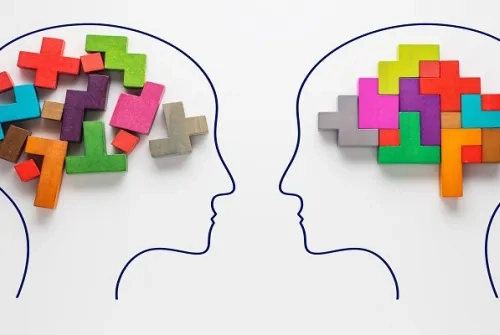Alo Yeditepe
Alo Yeditepe
Neurological Involvement
Yeditepe University Hospitals Neurology experts told what many people are curious about the neurological reflections of the coronavirus...
What Neurological Problems Does Coronavirus Cause?
There can be neurological involvement related to the nervous system in coronavirus. Neurological involvement can occur in relation to the nervous system in coronavirus. There can be symptoms such as headache, dizziness, altered consciousness, and seizures related to the brain, as well as problems related to the nerves in the arms and legs in relation to the peripheral nervous system. Problems related to muscle involvement can include widespread cramps, weakness, muscle pain, numbness, and balance disorders. However, in order to determine the exact source of the problems experienced, evaluation is necessary. In some patients, it has been observed that they present to the hospital only with neurological problems and later develop COVID symptoms after a few days.
Is the loss of smell caused by coronavirus a neurological problem?
The sense of smell can be both neurological and related to the ear, nose, and throat. The problem with the sense of smell is entirely at the receptor level where the first odor molecules are combined in the nose. In a health issue such as the flu or a cold, the receptors that combine with the first odor molecules in the nose are affected, causing a disturbance in the sense of smell. There is also a possibility of this condition developing due to the involvement of the olfactory center in the brain. In this case, it becomes relevant to the neurology department. But now loss of sense of smell has been clearly defined as an initial symptom of Covid.
Does the coronavirus cause retention in the brain and nervous system?
It is a well-known fact that respiratory viruses such as pneumonia, influenza, and the common cold can affect the brain and enter nerve cells. Our optic nerves and olfactory nerves are actually an extension of the brain. So, it is not a different tissue from the brain. These viruses can directly enter through these areas. The most important factor for this to occur is the presence of the same receptors on the nerve cells here that the viruses use to enter the cells.
So, there are some proteins called ACE2 in the lung tissue. The virus uses these as receptors and enters the cell through them. These receptors are also expressed in the nervous system. Therefore, it is possible for these viruses to easily infect nerve cells through these pathways. It can also be transmitted through the intestines. Because there is a very serious neural network in the intestine. Sometimes it can also reach through the bloodstream.
Naturally, if the blood is infected with the virus, there is a possibility of transmission to the nervous system while it is supplying it. If neighboring tissues are infected, transmission can occur through proximity.
Does neurological involvement tend to be more severe in individuals with coronavirus-related pneumonia?
In individuals with severe infection, a higher rate of neurological involvement is observed. While some publications report lower percentages, around 37%, the actual rate of neurological involvement in severe COVID-19 cases is quite high, at around 84%. This indicates that 8-9 out of 10 people have neurological involvement. There are also many publications on this subject. Neurological involvement also increases proportionally with the severity of the disease.
This content was prepared by Yeditepe University Hospitals Medical Editorial Board.
”
See Also
- What is Parkinson's Disease? What are the Symptoms of Parkinson's Disease?
- Current Approach to Dizziness Treatment: Balance Perception Rehabilitation
- Multiple Sclerosis (MS) Disease, Symptoms, and Treatment
- Persistent Fatigue of Unknown Cause Could Indicate MS!
- What is Epilepsy?
- 10 Important Myths in Alzheimer's Disease
- Daughter-in-Laws Care for Alzheimer's Patients
- Vitamin D Deficiency Disrupts the Course of MS
Alo Yeditepe



